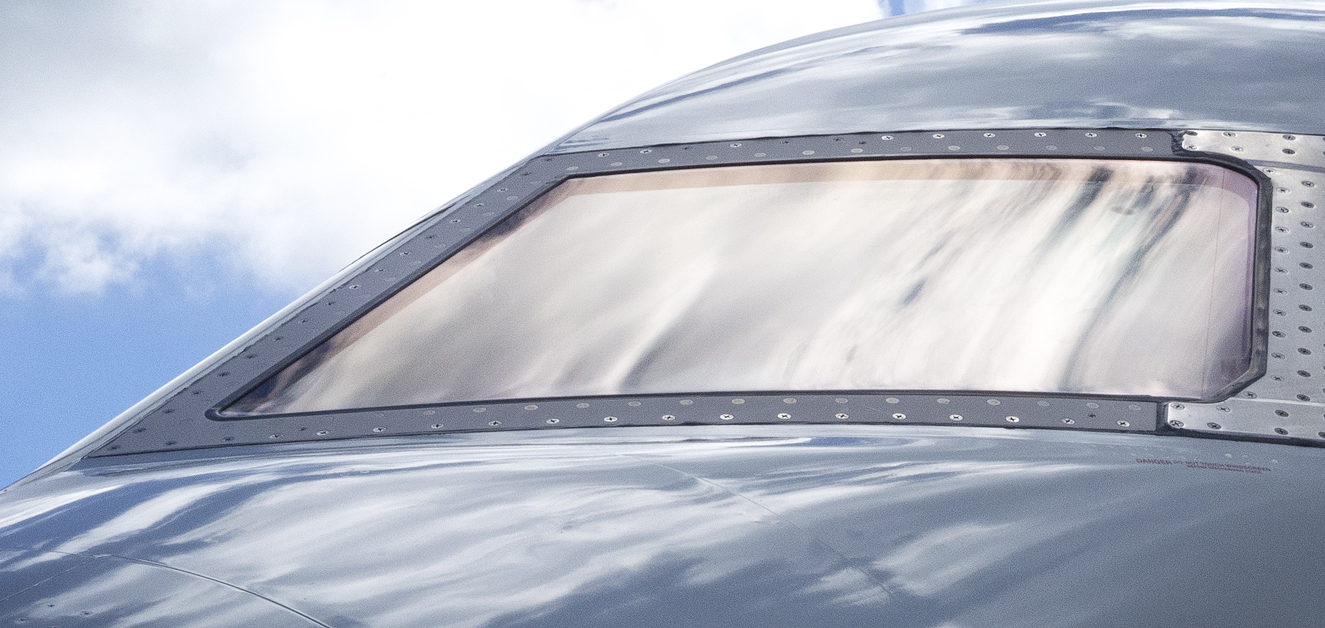
Whether to place a business jet on a Part 135 air carrier’s certificate involves balancing the added costs and potential inconveniences, against the potential gains. These gains can include lease revenue from the Part 135 operator for use of the aircraft on third party charter, access to sales tax exemptions in certain states, and the ability to have owner flights operated by the air carrier under Part 135, which provides liability protection. The IRS also recently clarified in its final rules that the management company exemption to the 7.5% Federal Excise Tax (FET) typically due on all Part 135 flights applies to Part 135 flights for the aircraft, which for some aircraft owners may tip the scales.
Part 91 versus Part 135
From an FAA perspective there are significant differences between flights operated under Part 91 and those operated under Part 135. One of the main differences is who is in operational control of the flight, which includes the ultimate responsibility for safety and regulatory compliance. Under Part 91 the aircraft owner, or a lessee, that meets FAA requirements must exercise operational control of the flight. Under Part 135 the air carrier must exercise operational control. Having the air carrier exercise operational control is often attractive to aircraft owners, as much of the liability associated with the flight rests with the party in operational control. However, owners typically find that their maintenance, administrative, and other costs are higher when aircraft are on Part 135 certificates, as they must meet the higher regulatory standard. In some cases these higher regulatory standards can also impact the ability to take certain flights.
Federal Excise Tax Previously Applicable to all Part 135 Flights
In the past the amounts charged for all flights operated under Part 135 were subject to the 7.5% Federal Excise Tax, and segment fees. This tax, coupled with the added costs of having the aircraft on a Part 135 certificate, often made this an unattractive option, especially if the parties did not anticipate much third party charter use. Now that the IRS has made it clear that the aircraft management company exemption to FET applies to Part 135 flights for the aircraft owner, the total cost of placing an aircraft on a Part 135 certificate may be lower, making Part 135 a much more attractive option.
When Does the Exemption Apply?
One of the keys to applicability of the aircraft management company exemption is that the amount paid for a flight must be paid by the aircraft owner. The term “aircraft owner” is defined as: “a person that owns an aircraft managed by an aircraft management services provider (commonly referred to as a managed aircraft), or a person that leases a managed aircraft (lessee) pursuant to a lease that is not a disqualified lease”
In business aviation there are many different types of ownership and leasing structures, and not all of them may fall into this definition. However, in many aircraft ownership structures it may be possible to make use of this exemption for some or all of the planned use of the aircraft by the owner.
Lori N. McGee is an attorney with the law firm of Jetstream Aviation Law and counsels clients on the acquisition, financing and operation of corporate jets operated under Part 91 and Part 135 of the Federal Aviation Regulations. Jetstream Aviation Law can be found at www.JetstreamLaw.com.
The information provided here is not legal advice and does not purport to be a substitute for advice of counsel on any specific matter. For legal advice, you should consult with an attorney concerning your specific situation.
